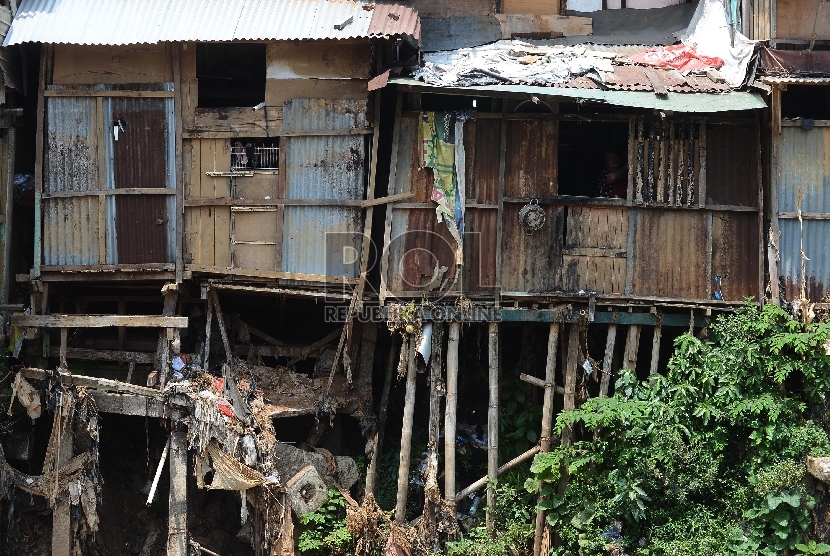REPUBLIKA.CO.ID, JAKARTA -- The Indonesian people's income gap has shrunk, marked by 0.40 gini ratio in September 2015, down 0.01 from 0.41 in March 2015, the chief of the Central Bureau of Statistics (BPS), Suryamin, said here on Monday.
"It means there has been an improvement in income distribution," he said at a press conference.
Gini ratio is an indicator measuring the gap in the community's income distribution. It is measured from 0 to one, with the higher the gini ratio, the wider the gap.
Suryamin said various factors were responsible for the improvement in income distribution, including an increase in the farm workers' wage by 1.21 percent from March to September 2015 and a hike in the wage of construction workers in the same period.
According to the National Work Force Survey data, there has been an increase in the number of freelance workers in the agricultural as well as non-agricultural sector from 11.9 million in February 2015 to 12.5 million in August 2015.
The National Economic Census data also shows that the spending of the economically weak group has been higher than that for the economically-strong group due to labor-intensive infrastructure development efforts, social aid and improvement in the income of the low-level state workers.
According to population projection, urban population increased from 52.55 percent for March 2015 to 53.19 percent in September 2015, indicating an increase in migration from villages to cities following a hike in the wages of laborers.
"Based on the explanation, it is seen that the gini ratio in urban areas dropped 0.01 point from 0.43 in March 2015 to 0.42 while the gini ratio in rural regions tended to remain unchanged at 0.33," Suryamin said.
With regard to residence, 40 percent of the lowest-income people in villages spent 20.85 percent, 40 percent of the middle income people spent 37.14 percent while the highest income group of 20 percent spent 42.01 percent.
The spending of the 40 percent lowest-income population in urban areas reached 16.39 percent, while the 40 percent middle income people spent 34.57 percent and the remaining 20 percent highest income group people spent 49.04 percent.
"To balance the spending of the lowest income and the highest income groups, real sectors such as manufacturing must be boosted. If there is improvement in these sectors and raw materials are made available, it will increase the income of the community," Suryamin said.
He said there are four provinces that have a gini ratio above the national average of 0.40, namely West Papua and West Java at 0.43 and Jakarta and Yogyakarta at 0.42.



